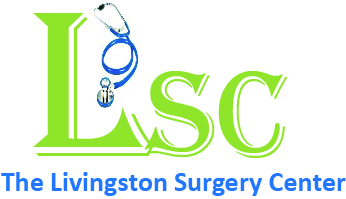Corneal Transplants
If a cornea becomes cloudy, light is unable to penetrate the eye to reach the retina. This can result in decreased vision or blindness. A corneal transplant is done to replace a diseased or scarred cornea with a new one. Of all tissue transplants, corneal transplants are the most successful, with over 40,000 performed in the United States each year.
What to Expect
During a corneal transplant procedure, which lasts about an hour, the surgeon will remove the central portion of the cloudy cornea and replace it with a clear cornea, usually donated through an eye bank. Patients are given a mild sedative and the eye is numbed with a local anesthetic. A trephine, an instrument like a cookie cutter, is used to remove the cloudy cornea with a precise, circular cut. The surgeon places the new cut-to-fit cornea in the opening and sews it with a very fine thread, which is removed at a later date. Following surgery, eye drops will be needed for several months to help heal the eye.
DSEK Corneal Tissue Transplants
DSEK, Descemet’s Stripping Endothelial Keratoplasty, is a new form of corneal transplant surgery. It’s sometimes called a partial corneal transplant. Unlike a conventional corneal transplant surgery, DSEK uses a smaller incision, and stitches aren’t necessary. For this reason, patients usually experience faster recovery and have less follow-up visits. During the procedure, the surgeon uses special instruments to enter the eye through a less than ¼ inch incision in the cornea, or clear part of the eye. The back portion of the cornea is then replaced by a similar piece of healthy graft tissue from a donor. DSEK is not for all patients with corneal disease, so talk to your doctor about this option.
DMEK Corneal Transplant
DMEK, Descemet’s Membrane Endothelial Keratoplasty, is another new form of corneal transplant surgery. Much like DSEK, It utilizes a small incision in the cornea, making the need for suturing rare. The overall procedure is very similar to DSEK, but it differs in that the DMEK graft is much thinner. The thinner graft generally leads to better vision post-operatively. Not everyone is a candidate for this newer procedure. If you have corneal problems, talk to your doctor about which procedure might be better for you.
